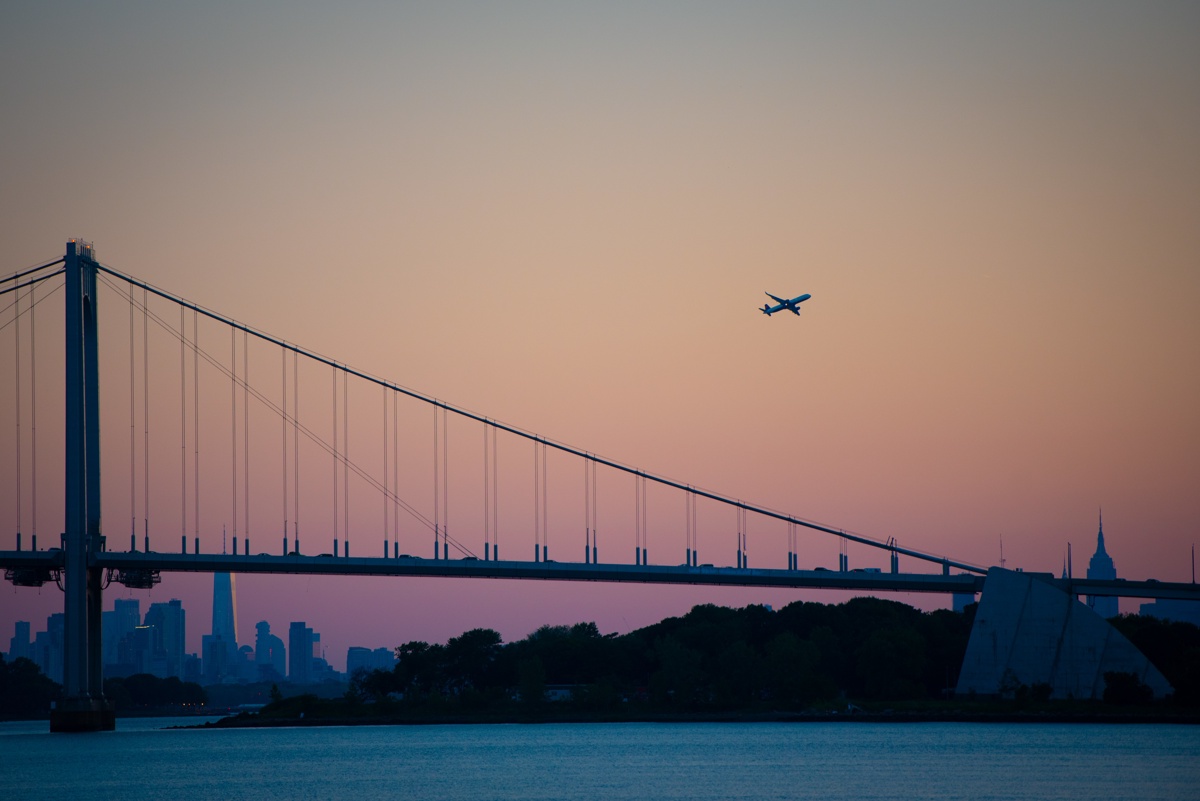Tracking changes in New York City's sources of air pollution

As city life changes, so does its air quality, as sources of emissions that affect the city’s outdoor air quality, like truck traffic, building boilers and restaurants, also change. For more than a decade, we have been tracking air quality through the NYC Community Air Survey (NYCCAS) and exploring the factors that drive neighborhood differences. We have found some interesting changes in the sources of air pollution across NYC neighborhoods.
Let’s look at PM2.5, or fine particles. PM2.5 is the most harmful urban pollutant. It can cause cancer, worsen heart and lung disease and lead to premature death. PM2.5 levels vary across the city and the pollutant comes from a lot of different sources - the most important of which had been building boilers. We have been able to accurately estimate (or model) PM2.5 concentrations by looking at data on building boilers, which burn fossil fuels to generate heat and hot water and release PM2.5.
Meanwhile, emissions from another source - commercial cooking - has gone up, according to emissions estimates. Commercial cooking refers to cooking in restaurants, especially meat cooked on grills or charbroilers. The smoke this creates is vented out of the building and contributes to PM2.5 measured by NYCCAS.
With the increase in commercial cooking emissions, our model shows that the number of restaurants with permits for grills or charbroilers in a neighborhood is now a better predictor of PM2.5 concentrations than building density and explains most of the variation across the city.
What can we do about this?
In 2015, New York City took a step forward in addressing this pollutant source when City Council passed Local Law 38, which updated the NYC Air Code to include commercial cooking emissions. Following input from an advisory committee made up of representatives from health and environmental organizations, as well as the restaurant industry, the New York City Department of Environmental Protection created regulations requiring the registration of commercial charbroilers and the installation of emissions control devices on new grills and charbroilers in restaurants that cook significant amounts of meat. Like with building boiler emissions, knowing where charbroilers are located will help us better understand the impact on neighborhood air quality. With this information, government and industry must think creatively about how to support all impacted restaurants - large and small - in reducing emissions from commercial cooking. Together NYC can continue to clean up its air – and protect the lungs of New Yorkers.
Michael Appleton/Mayoral Photography Office, City of New York
Published on:
April 12, 2021